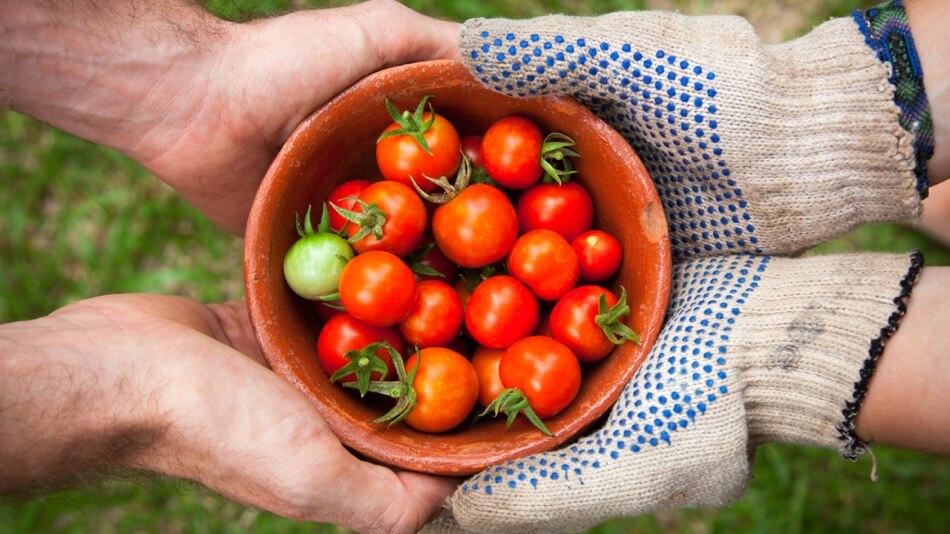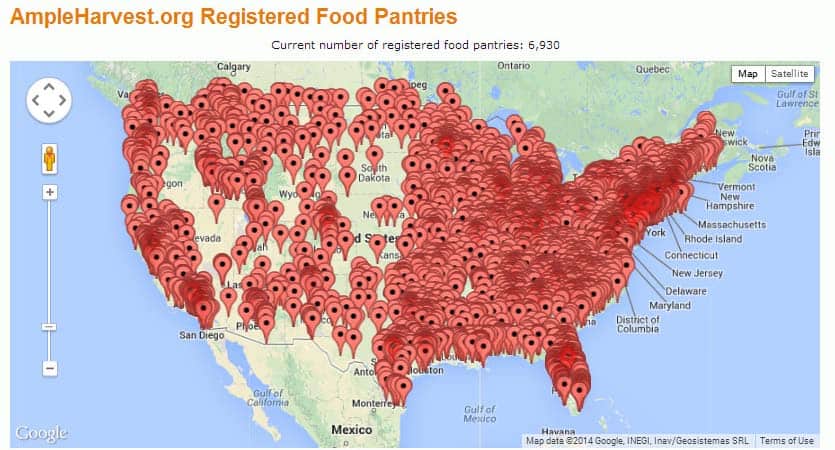How do you explain to your child that even though they are very hungry, there’s nothing for them to eat? This a reality faced by millions of Americans. I’m very lucky that it is not my reality. But, after spending the last 5 days taking Feeding America’s SNAP Challenge with my family, I can more easily imagine what it must be like (on a seriously small and almost incomparable level, I know).
My son is four years old. As you may recall from my very first post about the SNAP Challenge, he is a big eater. He’s very active, very smart, tall for his age, and there’s not an ounce of fat on him. AND HE EATS LIKE A GROWN MAN. Suddenly, this week he wasn’t a free-range-eating kid. We had a certain number of snacks on our budget of $4.50 a person per day and we had to keep our very hungry caterpillar on a plan. Keep in mind that when my kid (like many other kids) gets hungry it’s not just a bellyache for him, it can become something very ugly fast. Suddenly he’ll be super angry or super emotional, or super tired and we’re wondering what’s going on with our normally very loving and active little guy. Like the popular candy bar commercials say, you’re not yourself when you’re hungry. We give him some food and he bounces right back. But what about when there’s no food to give? Seeing him like that day after day would kill me.
I tried to talk with him about what was going to happen this week. I wanted him to understand that we were very lucky to have so much food, and that lots of people don’t have as much as we do. I wanted him to understand that his favorite snack pouches of freeze-dried fruit would use up all of the money we had for one of his entire meals so we weren’t going to buy them. ONE SNACK costs as much as we had to buy ONE MEAL. I wanted to warn him that his lunches were going to look different—no more expensive individually wrapped/packaged items, etc. But, trying to sit down and have a conversation with a four year old is like trying to talk your dog through the process of making meatloaf. They kind of tilt their head to the side like you are speaking a different language and 99% of what you say is completely ignored.
When it’s not your reality, it can be hard to understand—even for adults. After my recent posts about this challenge, I had people asking for more information. If you’re not using SNAP you might have never heard about it. I found myself explaining it a lot this week, not just to my little man. SNAP (Supplemental Nutrition Assistance Program) benefits used to be called “food stamps”. It’s a program of the USDA’s Food and Nutrition Service, and it provides Supplemental Nutrition Assistance (money to buy food) to very low-income individuals and families. It can only be used to buy food…no alcohol, no cigarettes. Just food (and also vegetable seeds and seedlings as I mentioned previously). The program is meant to help the hungriest families, but there are pretty strict requirements to qualify which you can read about here. I knew my son wasn’t going to get all of this, so we mostly stuck with the message that a lot of people don’t have enough money to buy food and they are hungry most of the time. We are going to see what that’s like and that means we’re going to have different food for a few days. Okay whatever, mom.
The truth is, we were never actually going let our little guy go hungry. We still had plenty of other snacks in the pantry that we bought before the challenge that we let him eat occasionally. We did our best to keep him eating the snacks we bought for the challenge, but seeing his preferred snacks on the shelves made it hard. Why can’t I have that cereal? I want the good snacks, mom! If he had been at the store with me while shopping for the challenge I think my heart would have broken. He actually likes and prefers certain healthy snacks over others, but I would have had to tell him no. Of course, he probably would have loved it if I bought a bunch of junk food (which really is the cheapest), but I still had a choice and I wasn’t going to do that.
He did pretty well this week. He got used to his new lunches, he grew to like some of the cheaper snacks, and he even told us he didn’t want a banana in his lunch anymore because it was just too much food. (Jaw drops) It turns out he’s been throwing it away everyday and we didn’t know. I like to think that maybe this challenged has helped him realize there’s a cost to food. That throwing perfectly good food in the garbage is a terrible waste. Or, maybe he just decided he doesn’t like bananas any more. Who knows with this guy? We stopped sending the bananas to school and he still seems happy. I’m just glad I don’t have to do this every day of my life. We are unbelievably and undeniably privileged when it comes to the food we eat, and I hope we never forget that. I can’t wait to see his face when he gets to have the first dried fruit snack when we finish this challenge tomorrow!
<<Return to SNAP Challenge: Part 3 Continue to SNAP Challenge: Conclusion >>



